What kind of ink is used for permanent makeup? It’s one of the first questions new clients in our Cosmetic Tattoo Studio, Brisbane Face Figurati ask — and honestly, it’s a great question. Because while people chat about brow shapes, lip blush trends or eyeliner styles, the truth is: the permanent makeup inks under your skin are what you’ll be living with for years.
As PMU artists with over 15 years in cosmetic tattooing, we’ve seen the difference the right pigments make. A well-chosen brow pigment heals softly and naturally, while a poor quality cosmetic tattoo ink can leave brows looking muddy or grey. This blog breaks down the world of tattoo ink vs PMU pigments — from organic pigments and inorganic pigments like iron oxides and titanium dioxide, to hybrid pigments and pigment carrier fluids. By the end, you’ll know exactly why pigment brands matter, what your options are and how colour theory ties into your natural skin tone and undertones.
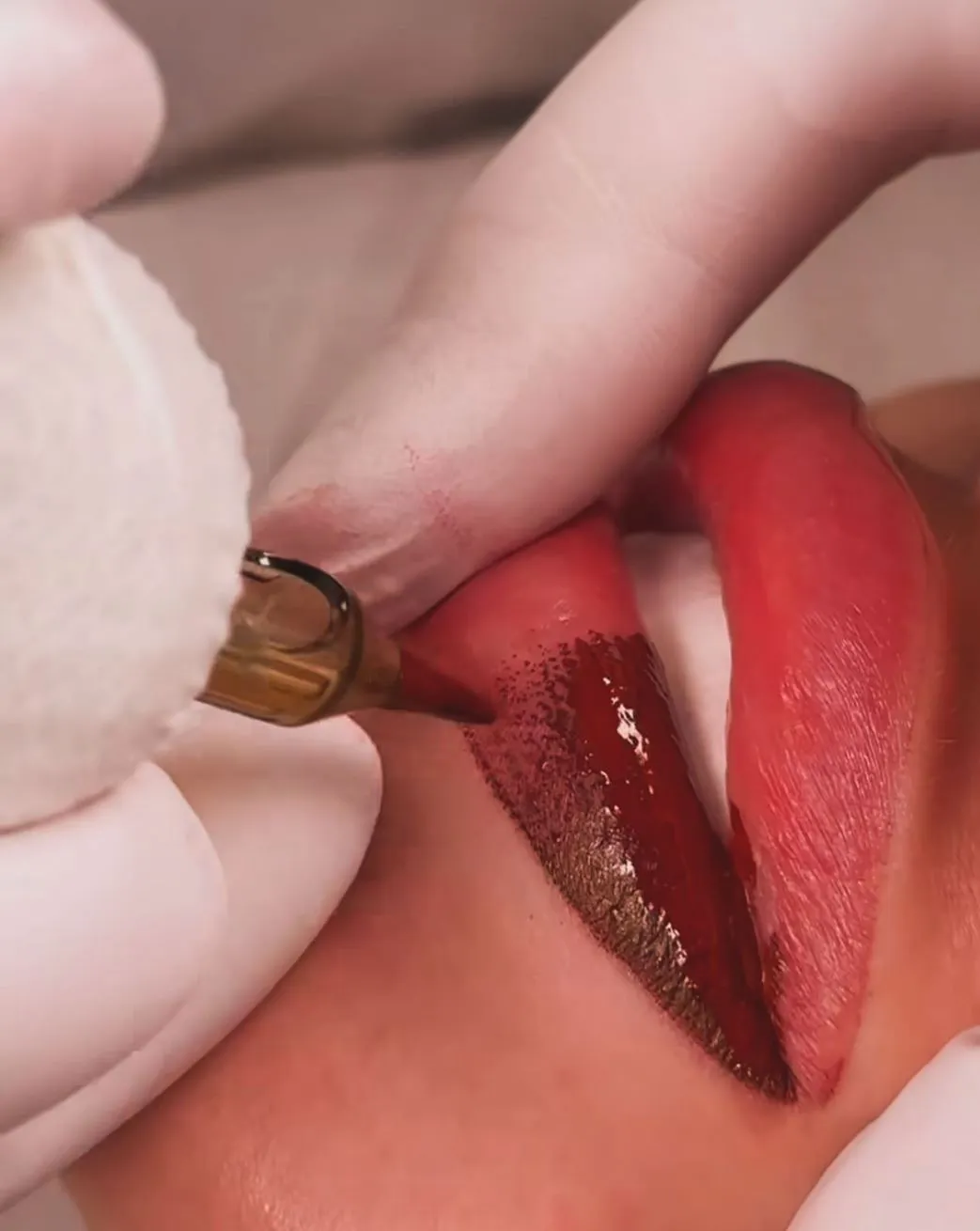
Table of Contents
Cosmetic Pigments vs Body Tattoo Inks
A big misconception is that cosmetic tattoo ink is the same as the tattoo ink used for body art. In reality, it’s completely different.
Tattoo inks are made to be bold, permanent and highly concentrated. They often contain azo pigments, polycyclic pigments or phthalocyanine pigments for intense colours — think bright blues, greens or blacks.
Permanent makeup inks are softer, cosmetic grade and designed to fade over time. They use cosmetic-grade iron oxides, carbon-based molecules and sometimes pigment powders suspended in safe carrier fluids like glycerin, distilled water or even hyaluronic acid.
That fade is intentional. Brows, lips or eyeliner tattoos shouldn’t look stark for life. Instead, PMU tattooing is about subtle enhancements that adjust with skin tones, age and hair colour..
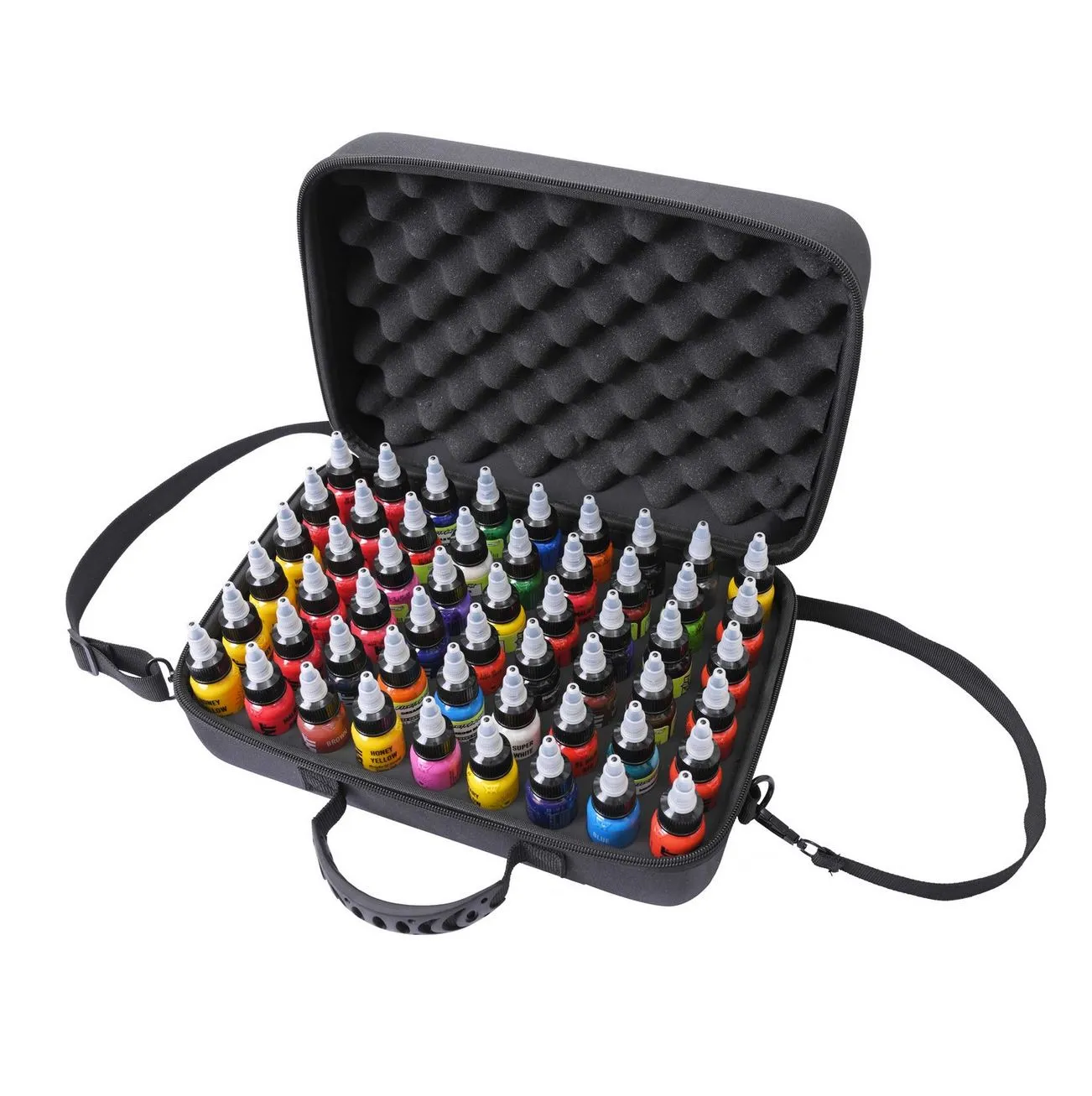
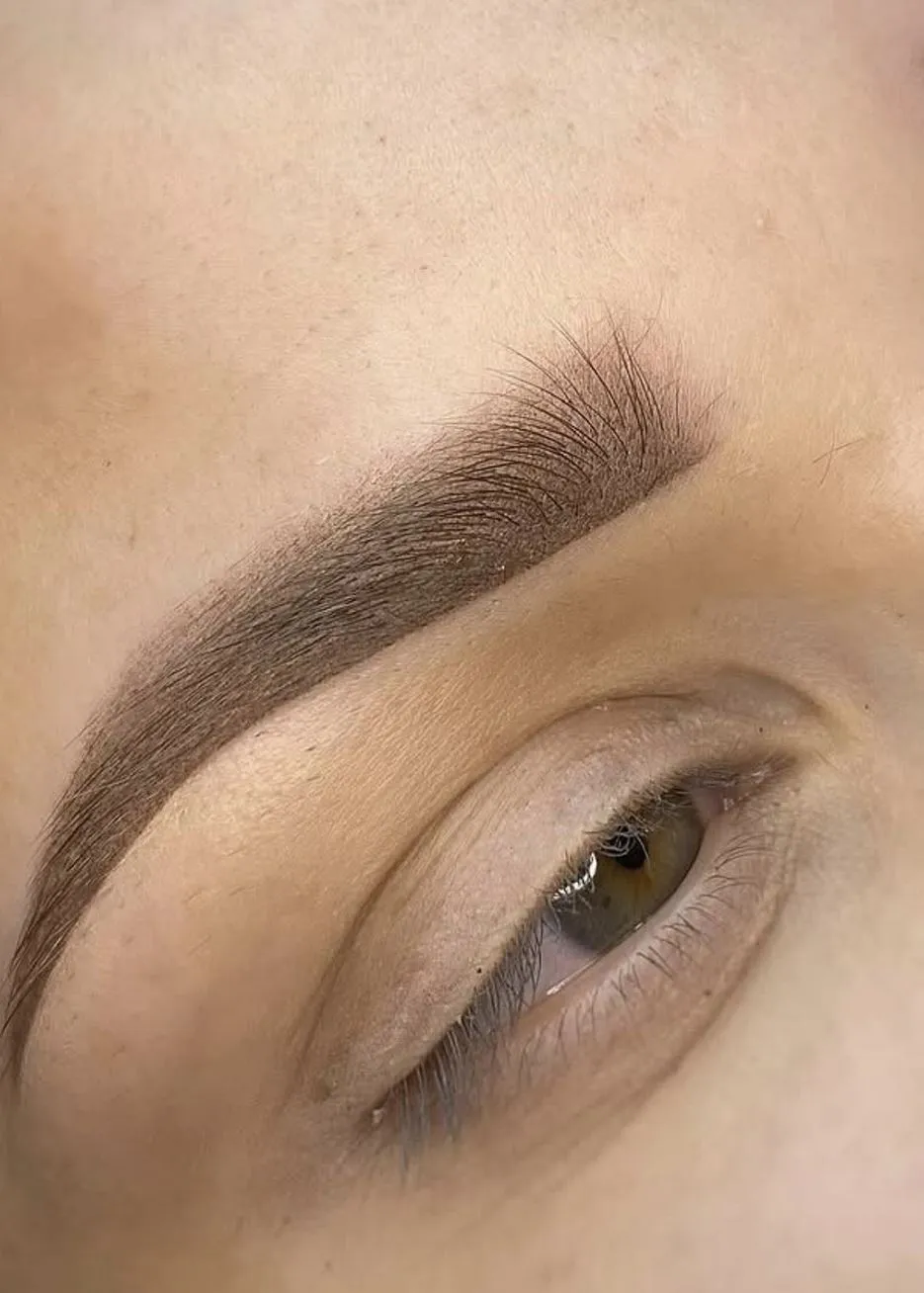
Organic Pigments Vs Inorganic Pigments
When clients ask us about PMU pigments, we explain the two main families:
- Organic pigments
These are carbon-based molecules that create vibrant colours, often used in lip blush or eye shadow tattooing. They can include lakes, pigments or black pigments for depth. The benefit? Strong colour payoff. The downside? If not balanced, they may fade unevenly. - Inorganic pigments
These are mineral-based, often made from iron oxide pigments, titanium dioxide, zinc oxides or cosmetic-grade iron oxides. They’re softer, more stable and heal beautifully in brows and eyeliner tattoos. - Hybrid pigments
The best of both worlds. Hybrid pigments blend organic and inorganic compounds to balance vibrancy with stability. Most PMU artists (ourselves included) use hybrids for brows, lips and areola restoration.
Why Iron Oxides Lead in PMU Pigments
If there’s one ingredient that dominates cosmetic tattooing, it’s iron oxides. These naturally occurring compounds form the backbone of brow pigments and many cosmetic pigments.
- Iron oxides deliver natural shades that mimic hair colour and skin tones.
- Titanium dioxide is a lightener, though too much can cause cosmetic tattoos to heal chalky.
- Zinc oxides can stabilise pigments and add opacity.
These minerals are also used in sunscreens and foundations, so they’re tested for skin safety. That’s why cosmetic tattoo ink made with iron oxides is the gold standard for brow work.

Table: Comparison Of PMU Pigment Types
| Pigment Type | Main Ingredients | Best Used For | Pros | Cons |
|---|---|---|---|---|
| Organic pigments | Carbon-based molecules, lakes | Lip blush, eye shadow | Vibrant, bold colours | May fade unevenly |
| Inorganic pigments | Iron oxides, titanium dioxide, zinc oxides | Brows, eyeliner | Stable, skin-safe, natural look | Can heal cooler on oily skin |
| Hybrid pigments | Mix of organic + inorganic | Brows, lips, and areola restoration | Balanced longevity + colour | Requires skilled colour correction |
| Black pigments | Carbon or polycyclic pigments | Lash line, eyeliner | Crisp, deep lines | Must be stable to avoid migration |
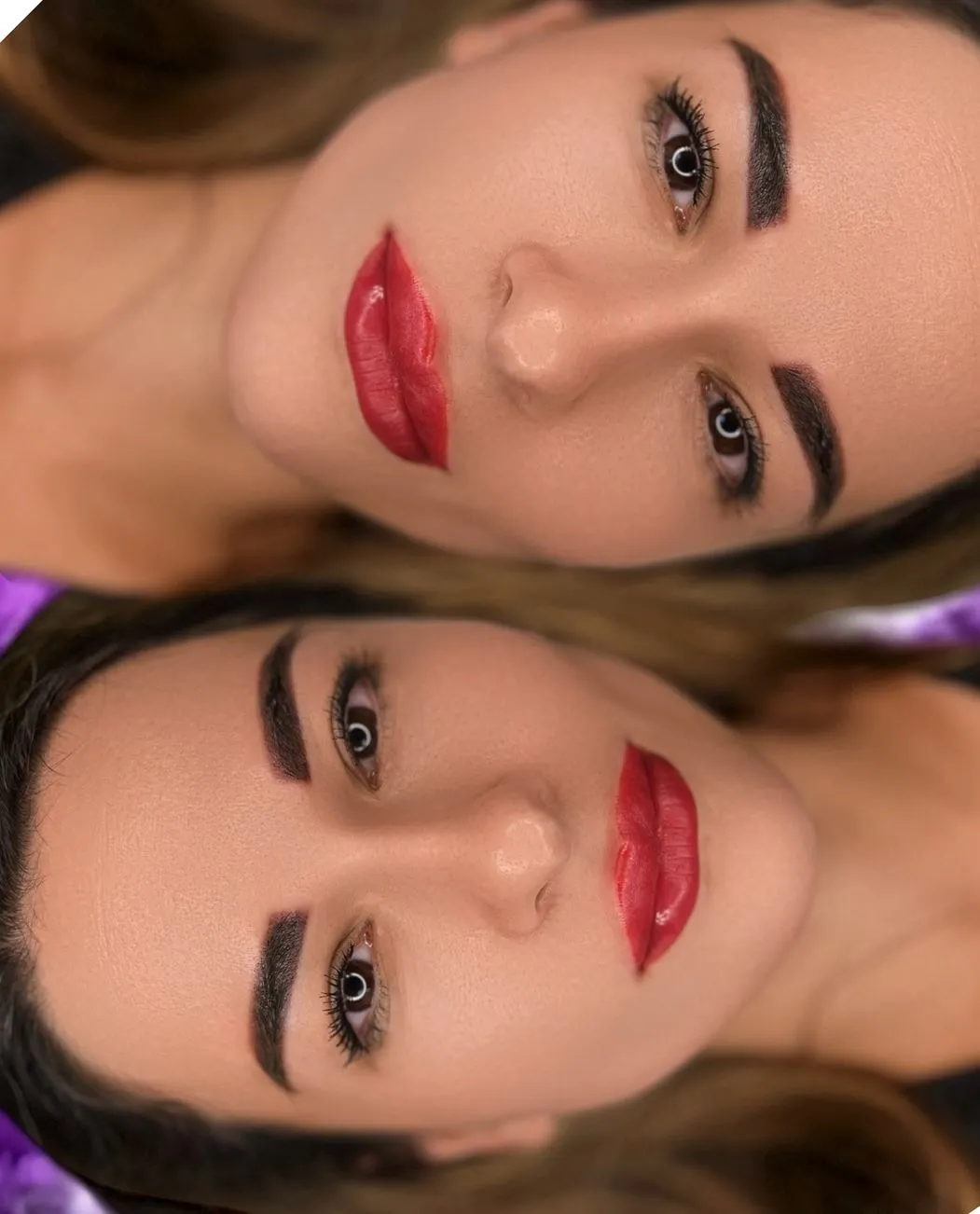
The Science Of Carrier Fluid Ingredients
Pigments aren’t just powders — they’re suspended in carrier fluids. These fluids ensure even pigment placement and safe implantation into the dermis.
- Glycerin (smooth consistency)
- Distilled water (purity)
- Alcohols (sterility)
- Hyaluronic acid (skin-friendly hydration)
The carrier fluid doesn’t affect colour, but it absolutely affects healing and pigment retention. Low-quality tattoo supplies often use harsh carriers — we avoid that at all costs.
Colour Theory in Choosing Pigments
One of the most fascinating (and sometimes tricky) aspects of cosmetic tattooing is colour theory. We don’t just pick a “brown” brow pigment and hope for the best.
- Cool undertones (pink/red): Need warmer brow pigments to prevent ashy tones.
- Warm undertones (olive/golden): Need cooler pigments to prevent brows from looking orange or red.
- Neutral undertones: More forgiving, but still require balance.
This is why PMU artists must understand colour correction. If a client comes in with old brows that healed blue (too much carbon black pigment), we might layer warm-toned inorganic pigments to neutralise them.
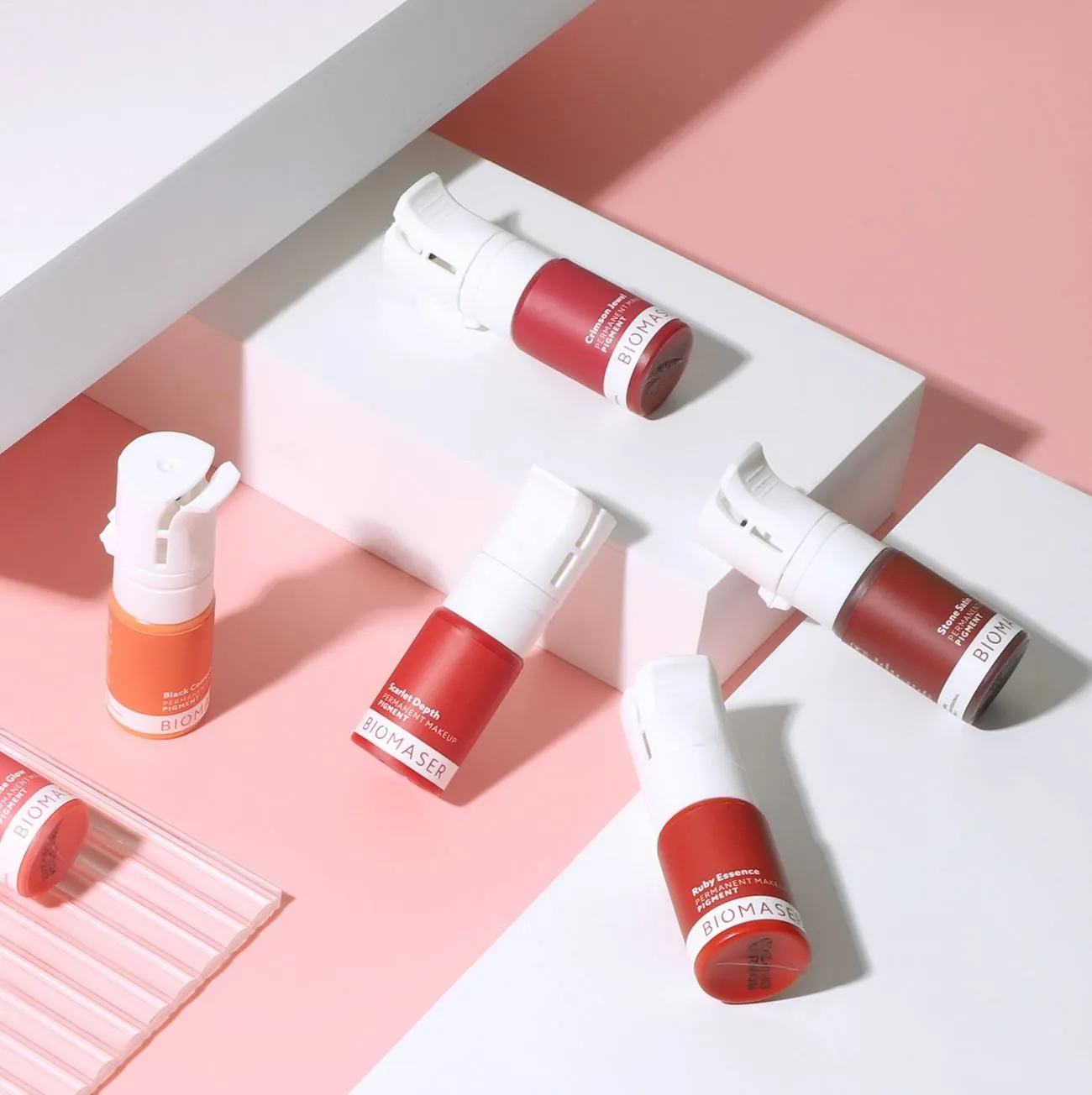
Local Studio Story: When Pigments Go Wrong
We once had a Brisbane client who’d had an eyeliner tattoo done with low-quality black pigments overseas. Under UV light, her eyeliner looked bluish-green due to unstable phthalocyanine pigments. Using safe PMU pigments, we corrected the shade, giving her crisp, natural black liner again.
This is where pigment brands matter — not all cosmetic tattoo inks are equal.
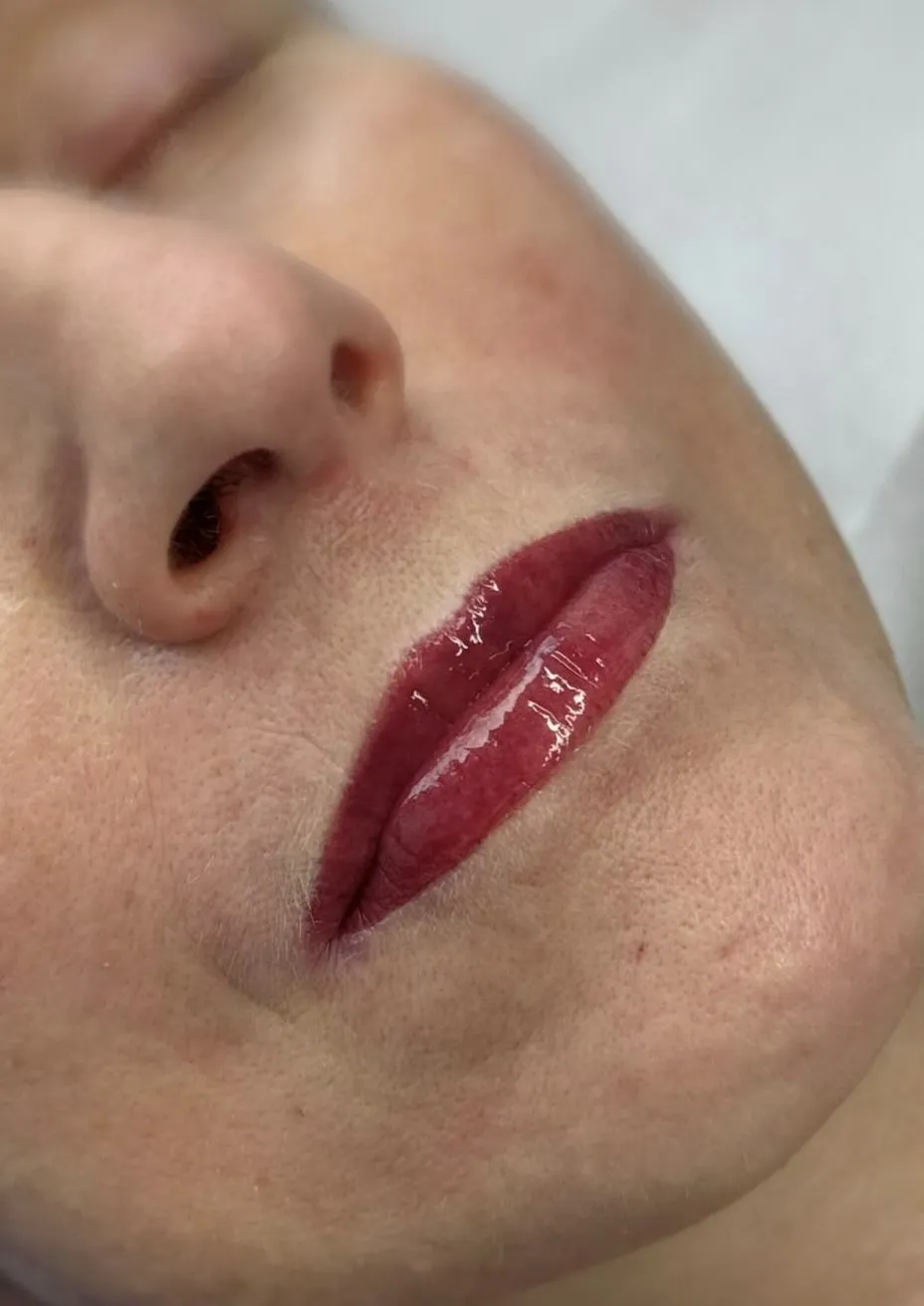
Pigment Safety Through Testing
In Australia, PMU pigments must be cosmetic-grade, meaning:
- Free from toxic heavy metals (like cobalt or lead).
- Stability-tested under UV light.
- Dermatologically assessed for allergic reactions.
Clients often ask us about pigment safety. We’re transparent — every batch of pigment comes with a safety data sheet (SDS). You’re always welcome to see the info on iron oxides, carrier fluid composition, and pigment powders before we open the bottle.
Cosmetic Pigments In Different PMU Areas
Permanent makeup isn’t just brows:
- Brows: Iron oxide pigments matched to hair colour and skin tones.
- Lips: Organic pigments for pinks, corals, or nudes.
- Eyeliner tattoo: Stable black pigments or carbon-based molecules with safe carriers.
- Areola restoration: Hybrid pigments blended with colour theory to mimic natural skin tone after surgery.
Each zone requires different pigment placement techniques — a soft wash for lips, precise lines for eyeliner, and layering for areola restoration.
Myths About Cosmetic Tattoo Ink
- “Tattoo ink lasts forever, so why doesn’t my PMU?” Because PMU pigments are designed to fade — it’s a feature, not a flaw.
- “All iron oxides turn red.” Not true. Only unstable pigment brands or poor colour theory cause red brows.
- “Laser tattoo removal doesn’t work on cosmetic pigments.” It does, but iron oxides may oxidise (turning darker) before they lighten.
- “Vegan pigments fade faster.” Quality is about formulation, not whether pigments are vegan.
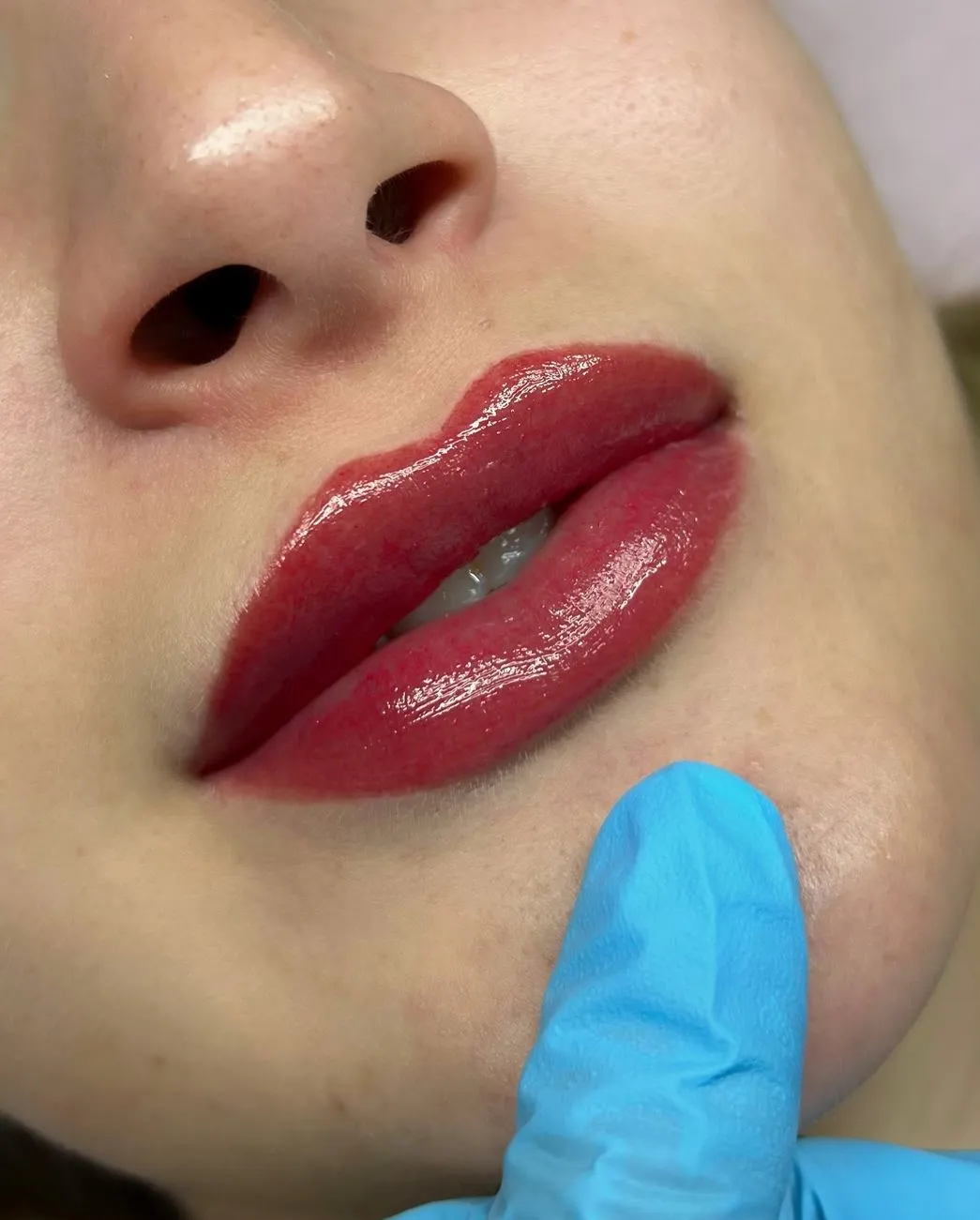
Why Your Ink Choice Matters
When you ask, “What type of ink is used for permanent makeup?” you’re really asking: what’s going to live in my skin for years?
As Brisbane PMU artists, we’ve corrected plenty of brows gone grey, lips that faded oddly, and eyeliners that shifted under UV light. The lesson is always the same: pigment choice matters just as much as technique.
Cosmetic tattooing is about safe, tested, and skin-friendly pigments — whether iron oxides for brows, organic pigments for lips, or hybrid pigments for areola restoration. Paired with good colour theory and aftercare, the results can look natural for years.
Thinking about a cosmetic tattoo? Book a consultation and we’ll talk you through pigment placement, healing timelines, and which pigments suit your natural skin tone best.

Using only natural and eco-friendly components for cosmetics
Special unique receipes are the secret of our spa procedures.
Experienced and skilled staff will make your perfect day
Most of our beauties come from the recommendation
FAQ
What’s the main difference between tattoo ink and PMU pigments?
What pigments are most common in cosmetic tattooing?
Can cosmetic tattoo ink cause an allergic reaction?
What if my cosmetic tattoo heals the wrong colour?
Do pigment brands really matter?
Yes. High-quality cosmetic pigments are tested for UV light stability, safety and retention. Cheap tattoo supplies aren’t.
